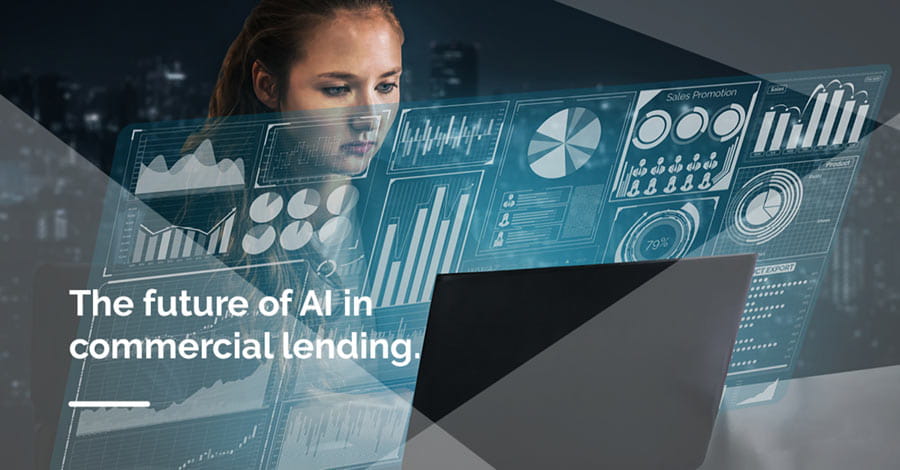Fintech Insights
How AI Will Change Commercial Lending – With Careful Human Supervision
Matt Riggall
February 04, 2019

In the near future, artificial intelligence (AI) is set to significantly speed up commercial lending processes and drive deeper insights into customers. But with much to learn about businesses and their customers, it won’t be working unassisted quite yet.
With its earliest beginnings in Alan Turing’s now famous “Turing Test,” nearly 100 years ago, AI is not in itself new. However, in the last decade its tools and technologies have entered our daily lives with a vengeance, across Google and Netflix, Siri and Facebook. And now it’s about to do the same in commercial lending, albeit under the watchful eye of human beings.
AI, you see, can be both “supervised” and “unsupervised.” In the commercial lending context, think of supervised AI as a new college graduate who you train to identify the difference between a good loan and a bad one. You provide some sample loans to help define what makes “good” and “bad” loans, and then a pile of previous loans so he or she can learn these characteristics.
With unsupervised AI, by contrast, you would simply give our college graduate the stack of loan files and ask him or her to find some interesting common characteristics within them – but without explaining exactly what you’re looking for. After a while, the graduate might decide to split the stack into different groups, based on the industry the customers operate in, whether they’re making repayments on time and how long they’ve been customers of the bank.
Over the next five years, we will see both supervised and unsupervised AI being used in commercial lending. First, supervised AI will revolutionize how bankers approve credit by providing guidance and insight on how well the deal fits within the bank’s risk appetite. And it will benefit customers by helping bankers offer the best products, at highly tailored prices, with repayment structures that can adapt to changing customer situations and life events.
Commercial customers will also experience a significantly shorter time to yes from their banks, as AI is used to optimize workflows, predict next best actions and ultimately provide automated decision-making. This in turn will free up more time for bankers to offer deeper insights to their customers and deploy AI to constantly classify and segment the portfolio based on common characteristics. And that’s where unsupervised AI will come in.
But like our college graduate, AI won’t get all that autonomy on day one. Initially, banks will need to supervise the actions and decisions of AI carefully, until it really knows what it’s doing. However, once AI tools can confidently select outcomes that align correctly to the strategy, vision and ethics of the bank, organizations can promote them to an even greater position of responsibility.